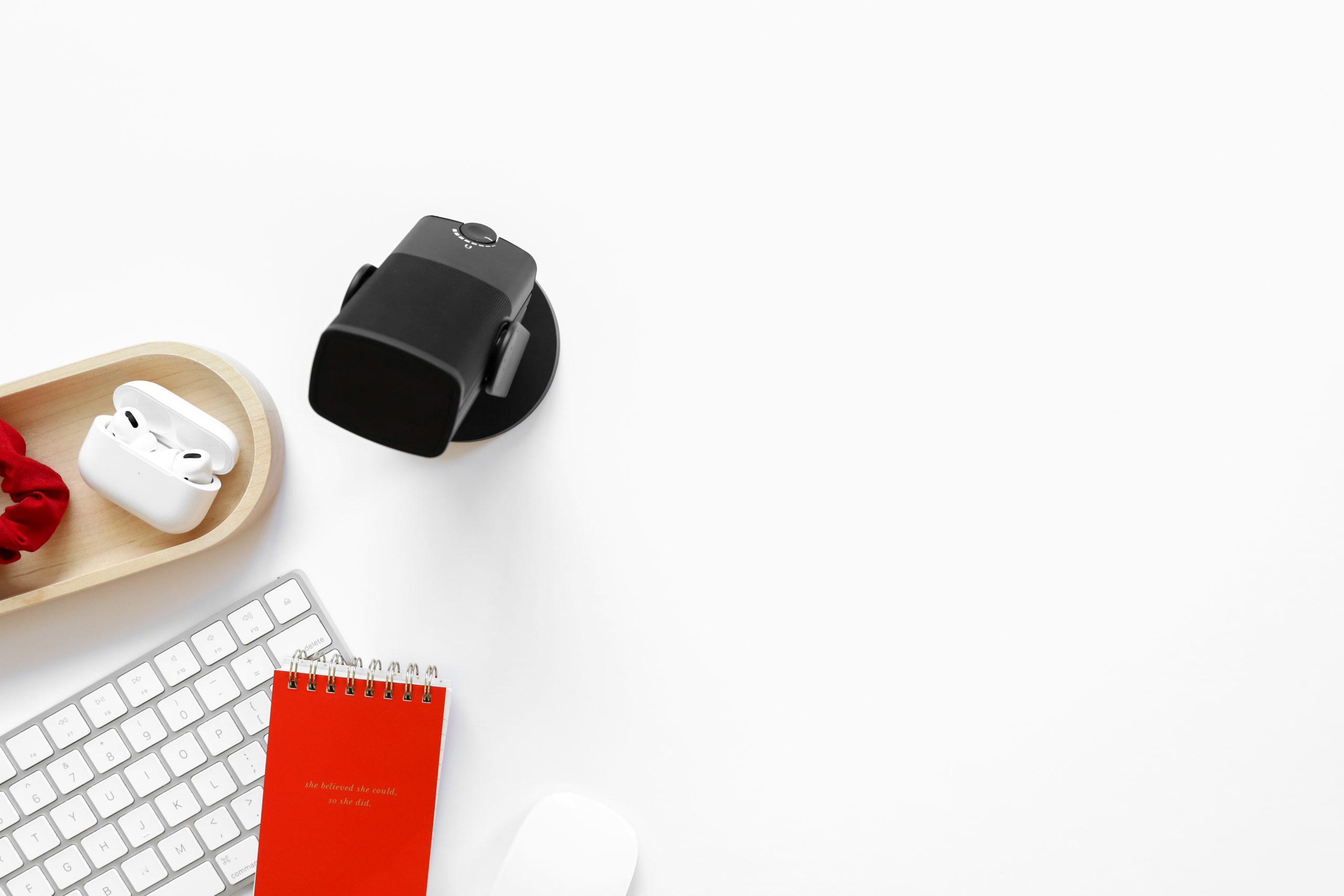Are your events costing you more than they’re making? Perhaps that was the point, but you’re not seeing the benefit in terms of new relationships either. If you’re struggling to see an impact from your events—whether in the form of a bottom-line increase or greater, deeper brand connections—it’s time to make changes. How do you do that? It’s time to invest in your event experience design.
So, what is event experience design?
We like the way Event Manager Blog defines it:
“Event experience design is about intentionally designing an event experience that addresses the motivations of your key attendee personas.”
When events are a critical part of your business’s strategy in any area, you need to be intentional about the event experiences you’re offering. That’s where event experience design can really have an impact on the ROI you’re seeing with your events. But, event design has changed. We’re now catering to different audiences with technology evolving daily. So now more than ever, you need to plan step-by-step to ensure you’re addressing the needs of each unique attendee. Let’s dive into exactly how you do that!
Don’t Forget to Address Your Event Goals
Now, hopefully, you have these if you’re producing events in any way, shape, or form. But, if not, it’s time to develop them. Ask these questions:
- Why are you hosting the event? What would success look like and how will you measure it?
- Extend your reach, make money, create new connections, etc.
- Who are your attendee personas? What type of things do you want each attendee persona to feel during the event / walk away feeling?
- Educated, enlightened, connected, inspired, supported, etc.
Now, combine these two answers to start with effective event experience design.
What do you need to give your attendees to ensure they’re getting what they need and want from the event, while also ensuring you’re meeting your KPIs and goals? This leads us to the next step.
Analyze Your Attendee Journey & Get Creative
When you consider those attendee feelings and outcomes first, your events will be more memorable, and in turn, far more successful. So, take that attendee that you thought about in the first step and consider what you want them to feel. Then, map out exactly how you’re going to give that to them in every step of their event experience.
Journey mapping for your event experience is the key component that many teams skip. They think about each individual component as a part of their larger event, but they don’t think about how an attendee will walk through that and what the outcome will be for them.
Here’s an example.
Your event goal is to provide education that will inspire an attendee to register to be a part of your association annually. So, for you, the ROI is increased membership dollars. For the attendee, the outcome is enlightenment and connection to a new community that they want to continue to be a part of.
So, you want to start by offering a ticket price that is accessible enough for them to participate, because the key is to have them see what you can offer. But you also want to cover your cost.
Then, what to offer them on-site that will provide them with this interactive yet educational experience. Think about options like:
- Small group cohort sessions moderated by an industry expert and leader
- Networking experiences that allow them to meet and engage with other association members
- A wide variety of sessions covering topics under each of your association’s knowledge pillars
- A discount to sign up for membership as a perk of conference attendance or a few months free so they can participate after the conference
These scenarios can be implemented virtually, in a hybrid model, or in person. But you want to ensure that you’re carefully considering each step of their attendance from registration to on-site experience to post-event.
Successful events with long-term ROI don’t stop interacting with attendees once they’ve left the Zoom room or the show floor. You must consider what they’re getting from you after they’ve walked away or clicked “Exit” as well. This is a key differentiating factor between events that actually achieve their ROI and those that don’t.
So, to simplify, you need to first identify your goals. Then, identify the goals of your attendees. Finally, map out your attendee journey with their goals and needs at the forefront of your strategy, while also holistically ensuring that your goals are met as well. Makes it sound so simple, right? Now, full transparency, this is an extremely simplified version of creating an effective event experience design. We could go on for days. The intricacies are just too many between each unique event!
Need Help Boosting Your ROI with Intentional Event Experience Design? Let EBA Guide the Way.
At EBA, we work through event experience design with clients daily. They operate in various spaces, targeting diverse demographics, with unique and creative ideas they want to put into action. Let us help inspire and organize so your event experience design increases your profitability and connection! Schedule a quick strategy session today.




